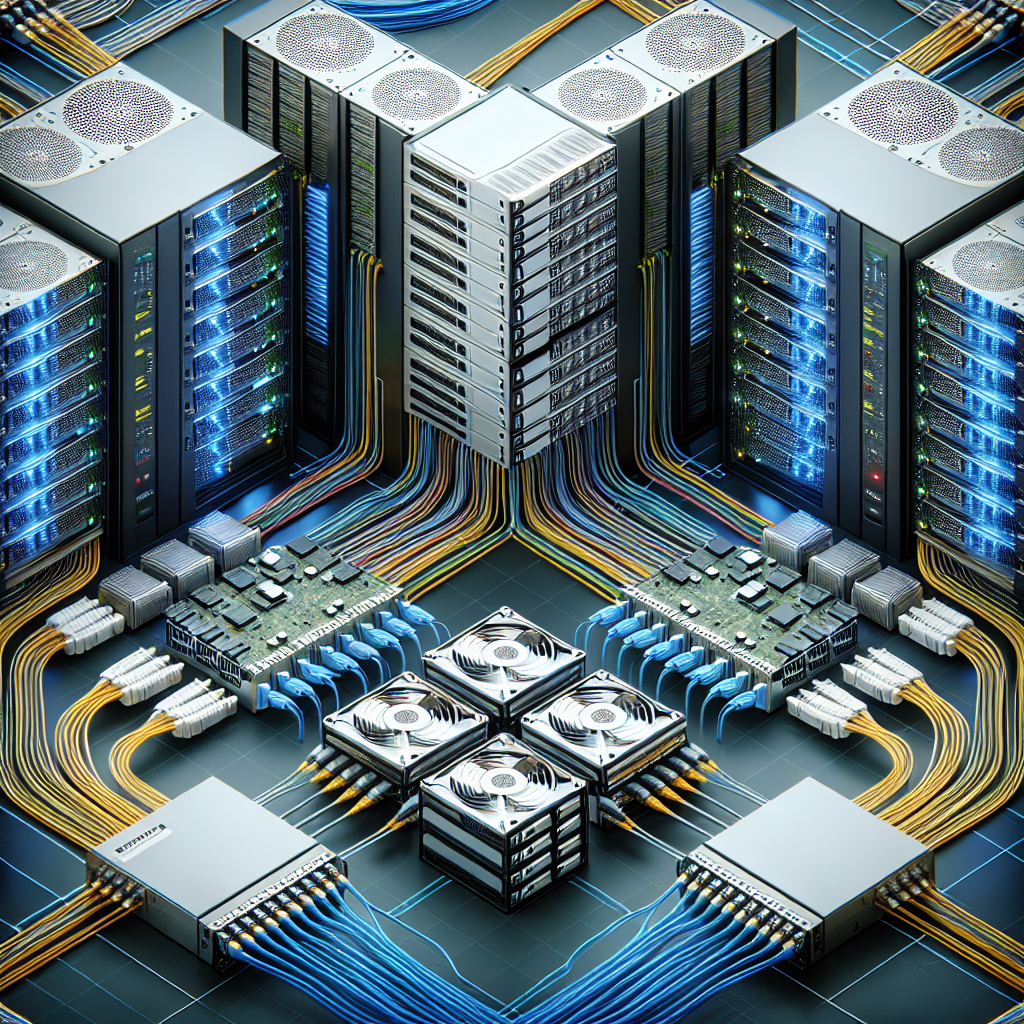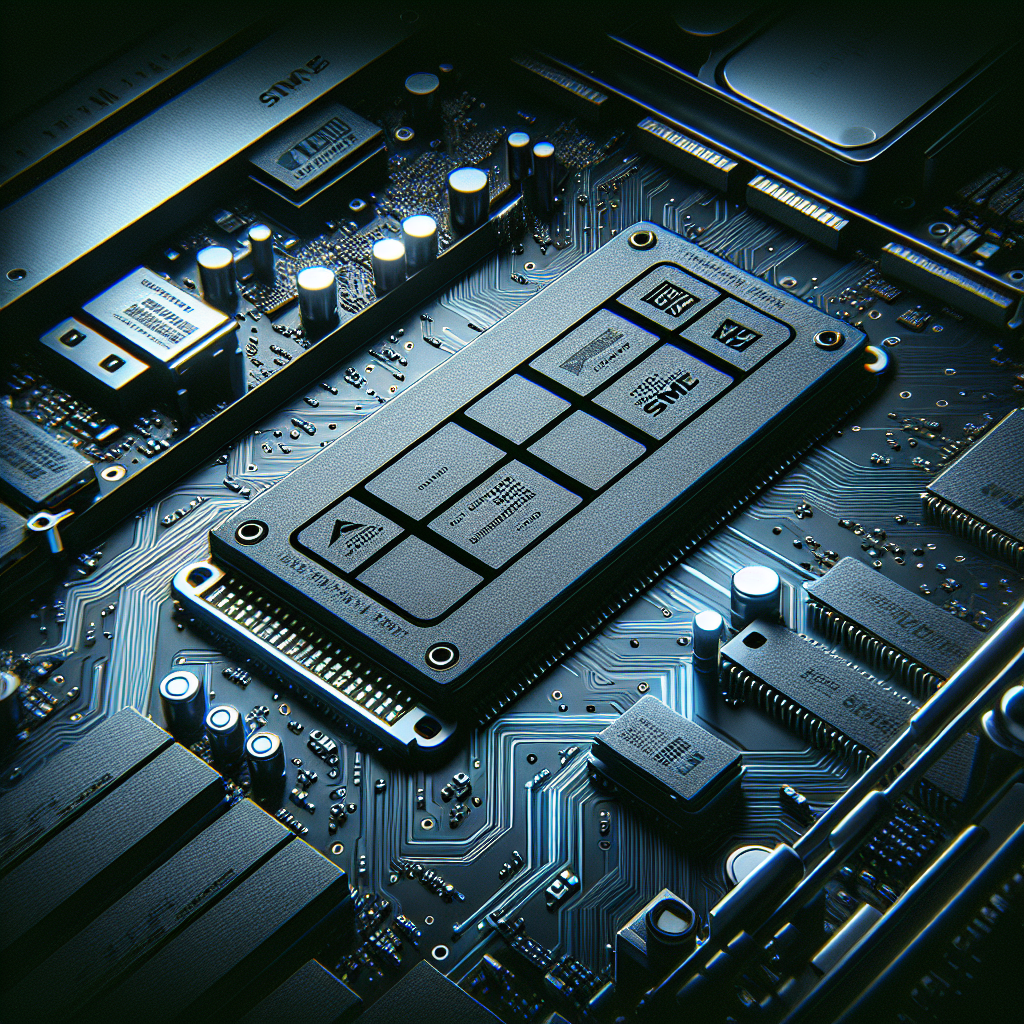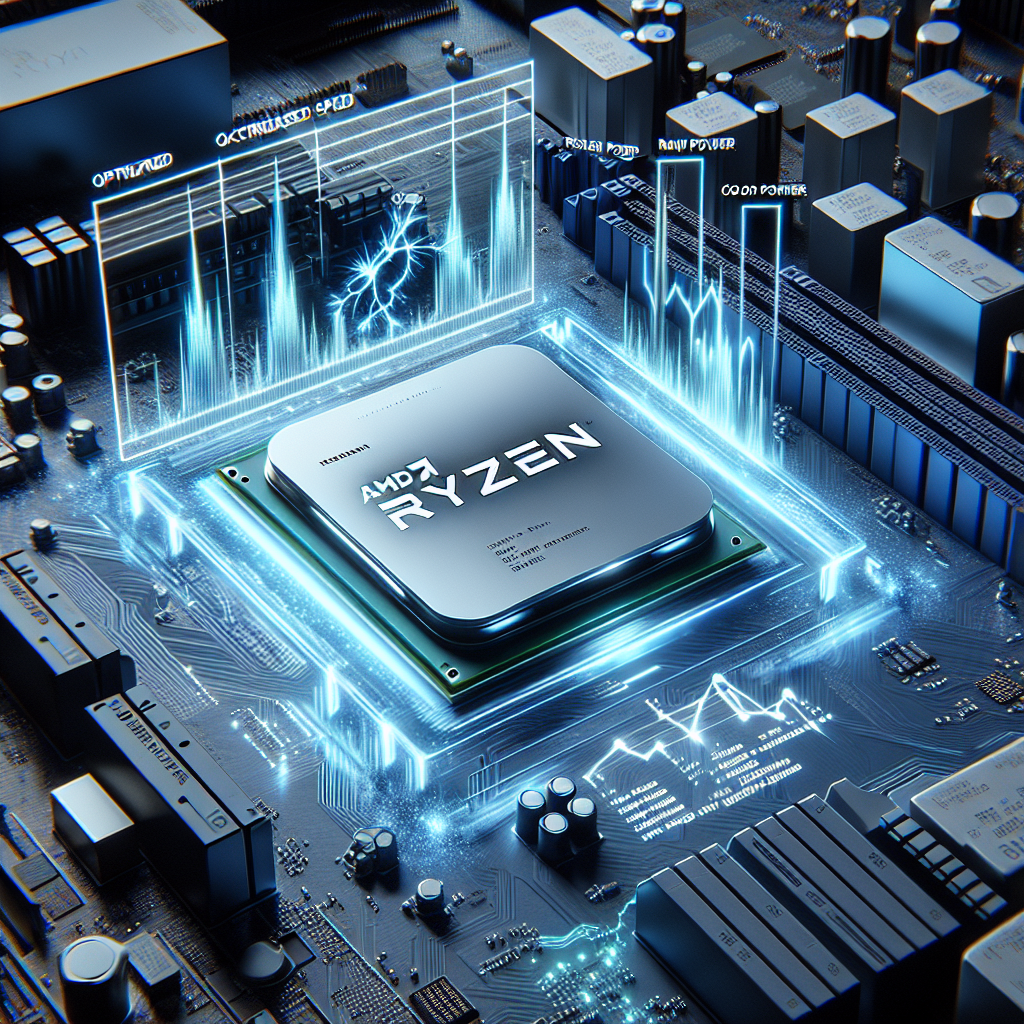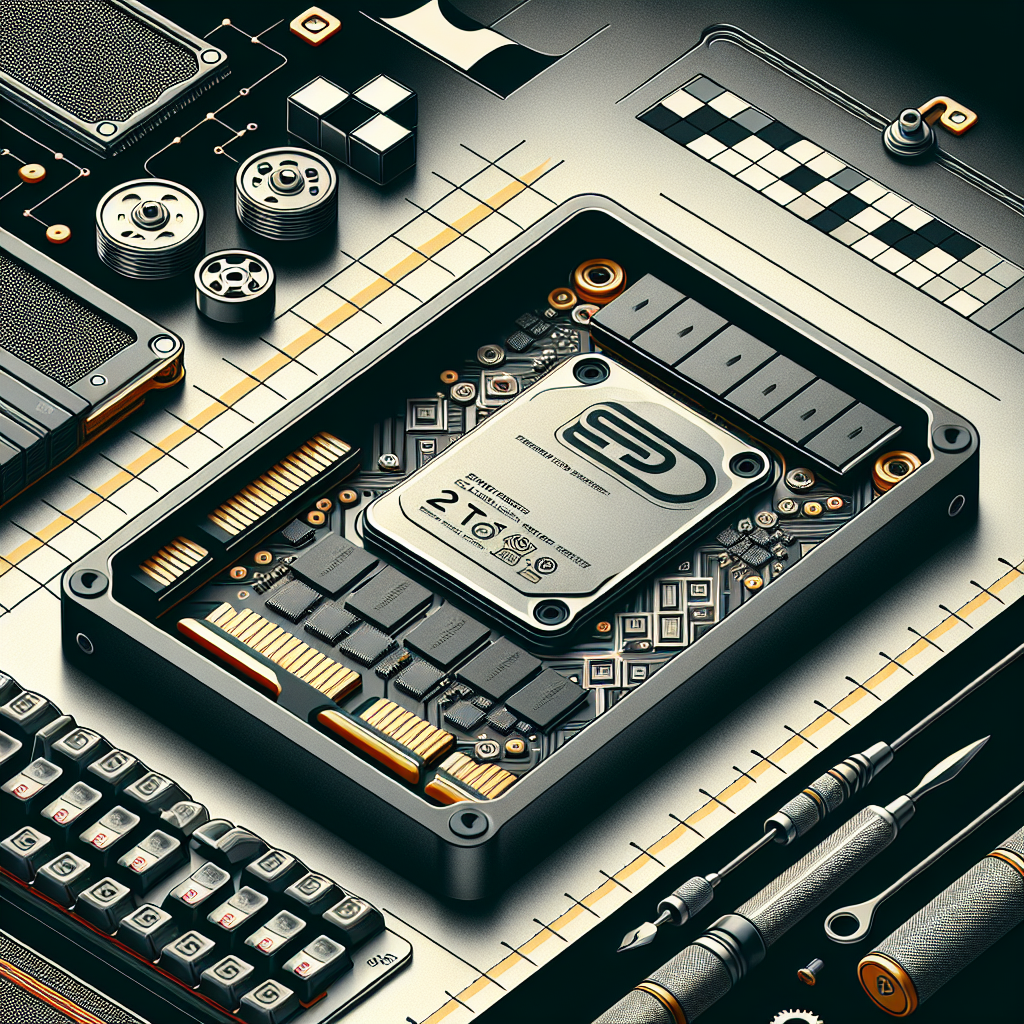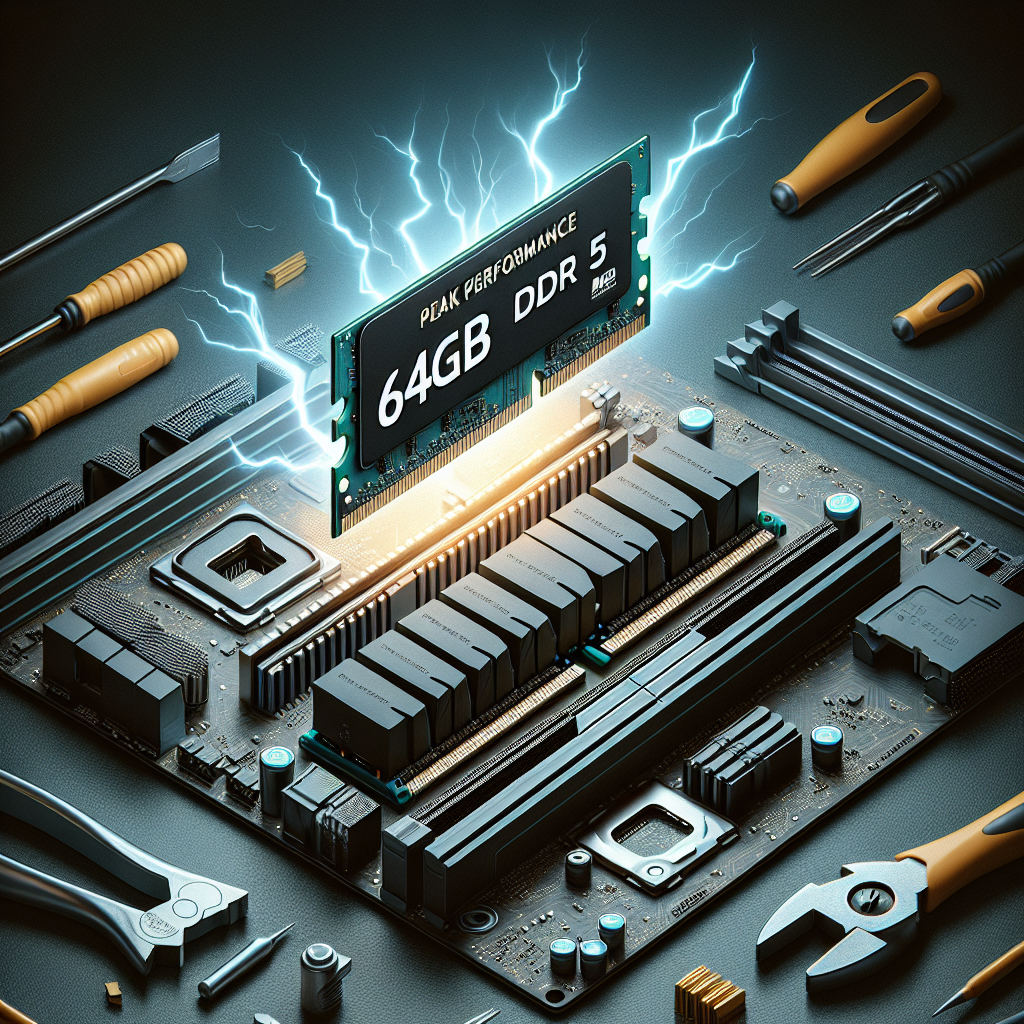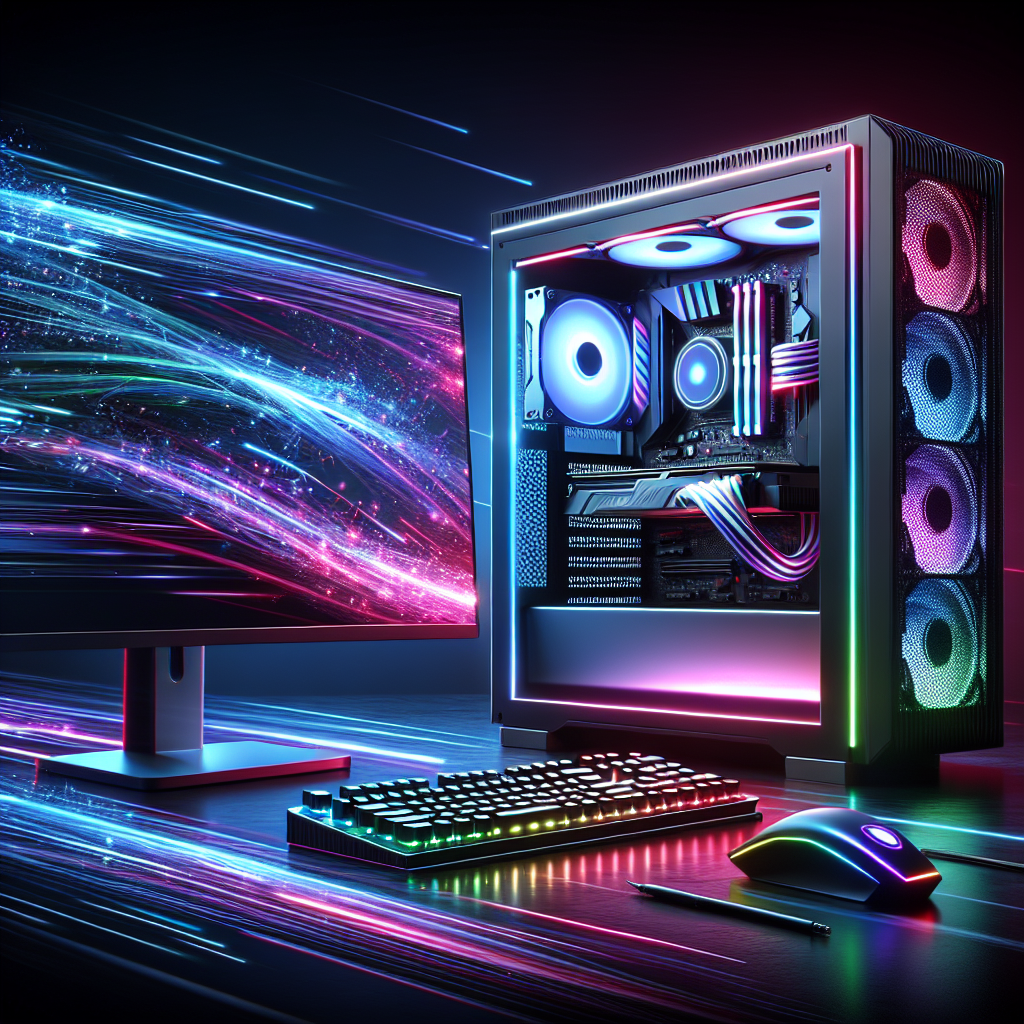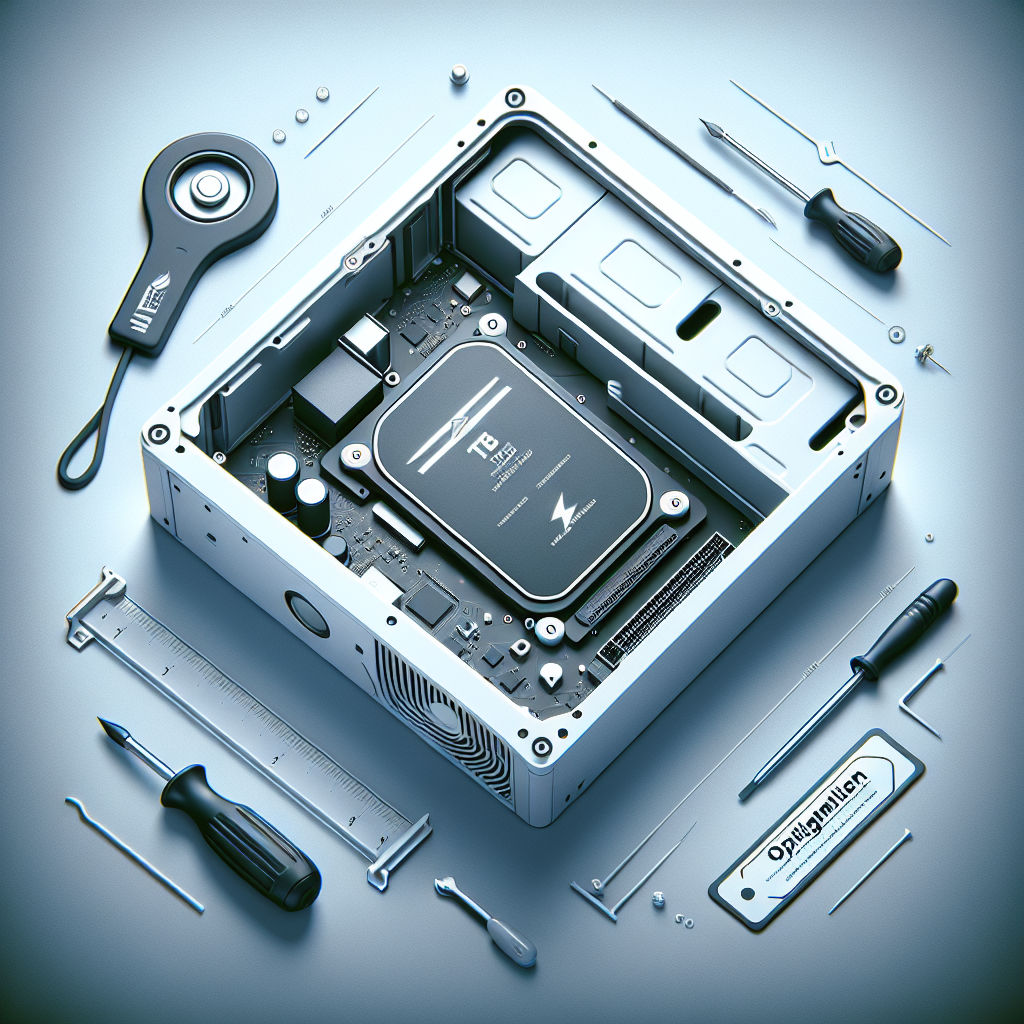Storage Area Networks (SAN) are essential for businesses looking to efficiently store and manage large amounts of data. However, simply setting up a SAN is not enough to ensure optimal performance. To get the most out of your SAN investment, it is important to optimize its performance. Here are some tips on how to do just that.
1. Properly configure your SAN
One of the first steps in optimizing SAN performance is to ensure that it is properly configured. This includes setting up the correct RAID levels, configuring LUNs (Logical Unit Numbers) and using the appropriate zoning and masking techniques. Proper configuration will help ensure that data is stored and accessed efficiently.
2. Use high-performance hardware
Investing in high-performance hardware such as solid-state drives (SSDs) and high-speed network interfaces can greatly improve SAN performance. SSDs are much faster than traditional spinning hard drives and can significantly reduce latency. High-speed network interfaces, such as 10GbE or 40GbE, can also help improve data transfer speeds.
3. Implement storage tiering
Storage tiering involves placing data on different types of storage media based on its importance and frequency of access. By using a combination of SSDs, high-speed hard drives, and slower, high-capacity drives, you can ensure that frequently accessed data is stored on the fastest media, while less frequently accessed data is stored on slower, less expensive media.
4. Monitor and analyze performance
Regularly monitoring and analyzing SAN performance is crucial for identifying bottlenecks and optimizing performance. Tools such as performance monitoring software can help you track metrics such as IOPS (Input/Output Operations Per Second), latency, and throughput. By analyzing this data, you can identify areas of improvement and make necessary adjustments.
5. Implement data deduplication and compression
Data deduplication and compression technologies can help reduce the amount of data stored on your SAN, leading to improved performance. Deduplication eliminates redundant data by storing only unique data blocks, while compression reduces the size of data by encoding it in a more efficient way. By implementing these technologies, you can free up storage space and improve data access times.
6. Optimize network infrastructure
The performance of a SAN is not only dependent on storage hardware but also on the underlying network infrastructure. To optimize SAN performance, ensure that your network switches, routers, and cables are capable of handling the data traffic generated by your SAN. Additionally, consider implementing network optimizations such as jumbo frames and VLANs to reduce latency and improve data transfer speeds.
By following these tips, you can optimize the performance of your Storage Area Network and ensure that your data is stored and accessed efficiently. Investing time and resources into optimizing your SAN will pay off in the long run, leading to improved productivity and reduced downtime for your business.
